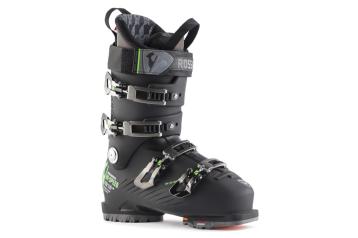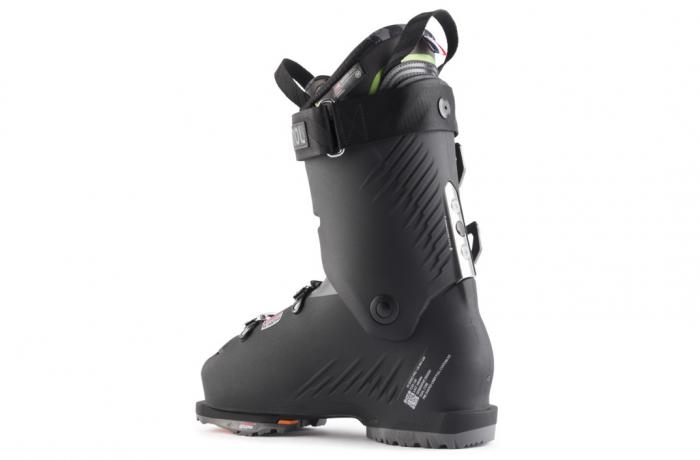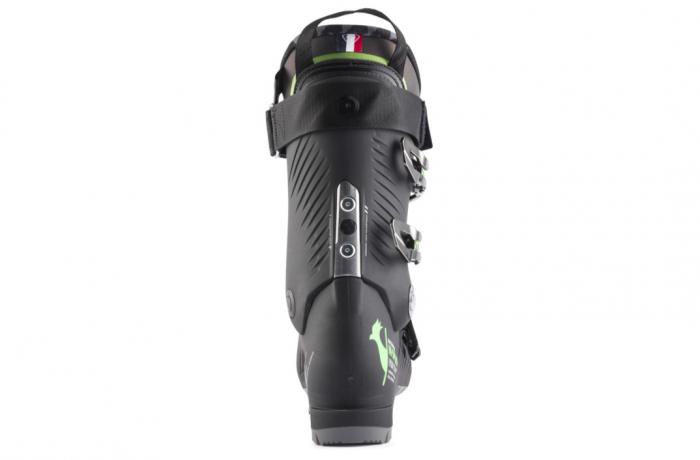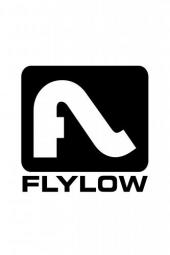Rossignol's quest for a medium width all-mountain performance machine that will compete head to head with the likes of Lange RX, Tecnica Mach1 and Nordica Speedmachine appear to have been realized with the arrival of the Hi-Speed Pro 120 MV. Testers ranked all four of these models at the very top of a large heap within two-tenths of a point of each other at this year's test and said that this was the brand's best boot ever released in that highly competitive category.
Gone were the caveats about Rossignol's roomier-than-average fit tension--this was a tight, performance narrow that grasped the foot and leg everywhere in a comfortably snug embrace yet without hot spots in typical bony or wide zones. Testers were impressed that the Hi-Speed Pro combined surprisingly smooth and easy entry and exit with a stronger-than-120 flex feel that never collapsed on hard hits or during aggressive skiing. They said the cuff fit in ideal fashion against the shin, around to the calf and they liked the angles both front-to-back and side-to-side. They appreciated that the cuff is doubly adjustable in forward lean angle as well as adjustable in both lateral geometry and flex, but they didn't feel that any adjustment was needed beyond the out-of-box set up which they called dead on the money dialed.
Rossignol's use of Dual Core plastic injection, first started in sister brand Lange's models, continued to impress our test team with the boot's snappy, resilient quickness and accuracy that doesn't sacrifice traditional polyurethane and polyether stability and dampness. This new Hi-Speed line also utilizes and interesting sandwich of different density plastic material in the cuff construction as a way to increase flex rebound energy and simultaneously improve smoothness of the flex feel. While we don't fully understand the engineering of this manufacturing magic, we can attest to the resulting feel and performance on snow which would support those rebound and smoothness claims.
The cuff's attachment to the lower shell remains adjustable in lateral angle, which we applaud, but it was also moved up and forward from its previous Allspeed location to better match the anatomical hinge point of the ankle, which our test team liked. The so-called Generative Design of the shell employs a lattice-work of thickened ribs in structurally critical zones to create a transmissive and stable feel at high speeds, on hard snows and through funky terrain while keeping other shape- or entry-prioritized areas rib-free to maximize wrapping and flexibility. Testers said all this marketing fluff bore fruit for them in terms of it being easy on and off and easy to ski well in those aforementioned situations.


















Kudos
Caveats